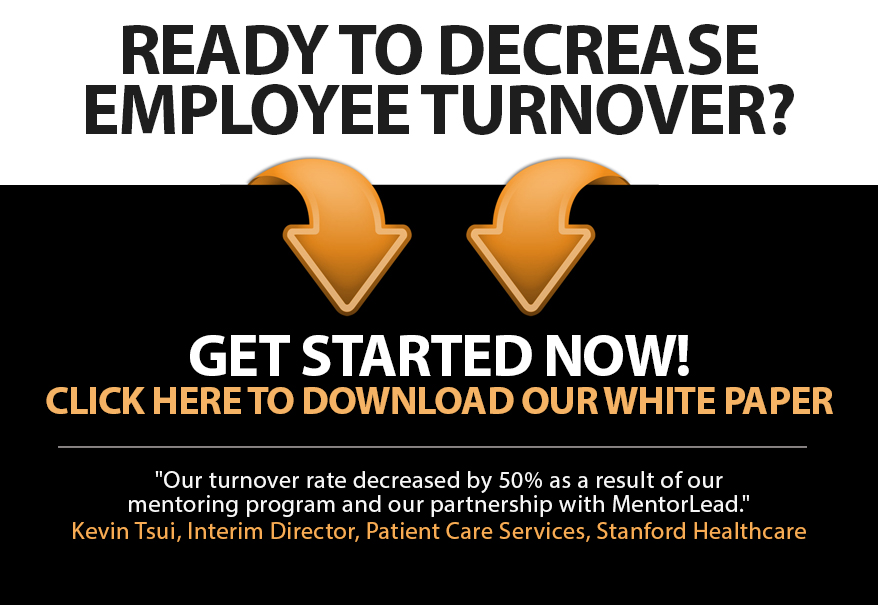
[Flash] Repeat the Good Stuff (and Help People Combat Sabotaging Self-Talk)
| Bob scheduled a car to pick me up. He said, “I’ve worked with Mr. Woldegiorgis for 8 years and he’s fabulous.” When Mr. Woldegiorgis arrived, the first thing I said when I got in the car, “Bob thinks you’re fabulous.” Mr. Woldegiorgis smiled, sat up proudly, and drove me to the airport as only a fabulous driver would.
It is estimated that 50,000 thoughts race through our minds every day, and 70% of them do not serve our success. We spend an inordinate amount of time doubting ourselves, obsessing about mistakes, and worrying. The flood of negative thoughts is self-deflating. But we can help combat people’s sabotaging self-talk by repeating the good stuff we hear others say about them. For example, when Barbara emailed me, “My mentor is awesome!” I forwarded Barbara’s email to her mentor, repeating the good stuff. Barbara’s mentor immediately replied, “Thank you! That made my day!” It’s a phenomenon called the “Pygmalion effect” in which people internalize positive labels. Essentially, others’ expectations of them affect their performance. As leaders when we repeat the good stuff, we elevate the importance of that positive label which serves to:
And this leads to an increase in performance, because people want to emulate their positive label. Here’s what I love about repeating good stuff:
When people feel good about themselves, they achieve more. And we need people inflated by pride, not deflated by self-sabotage. |
![]()








